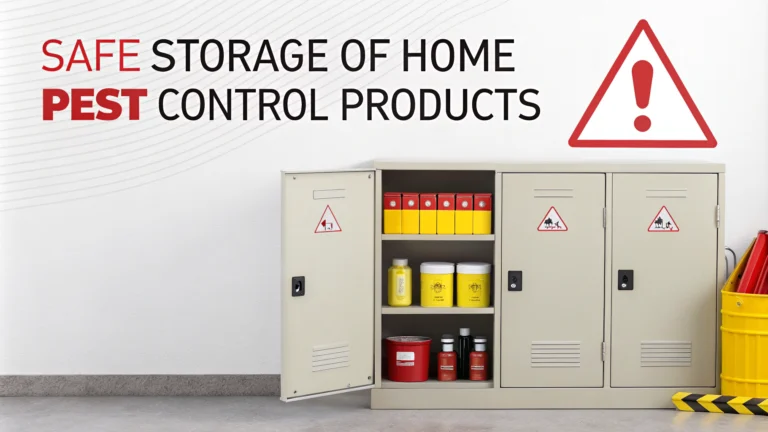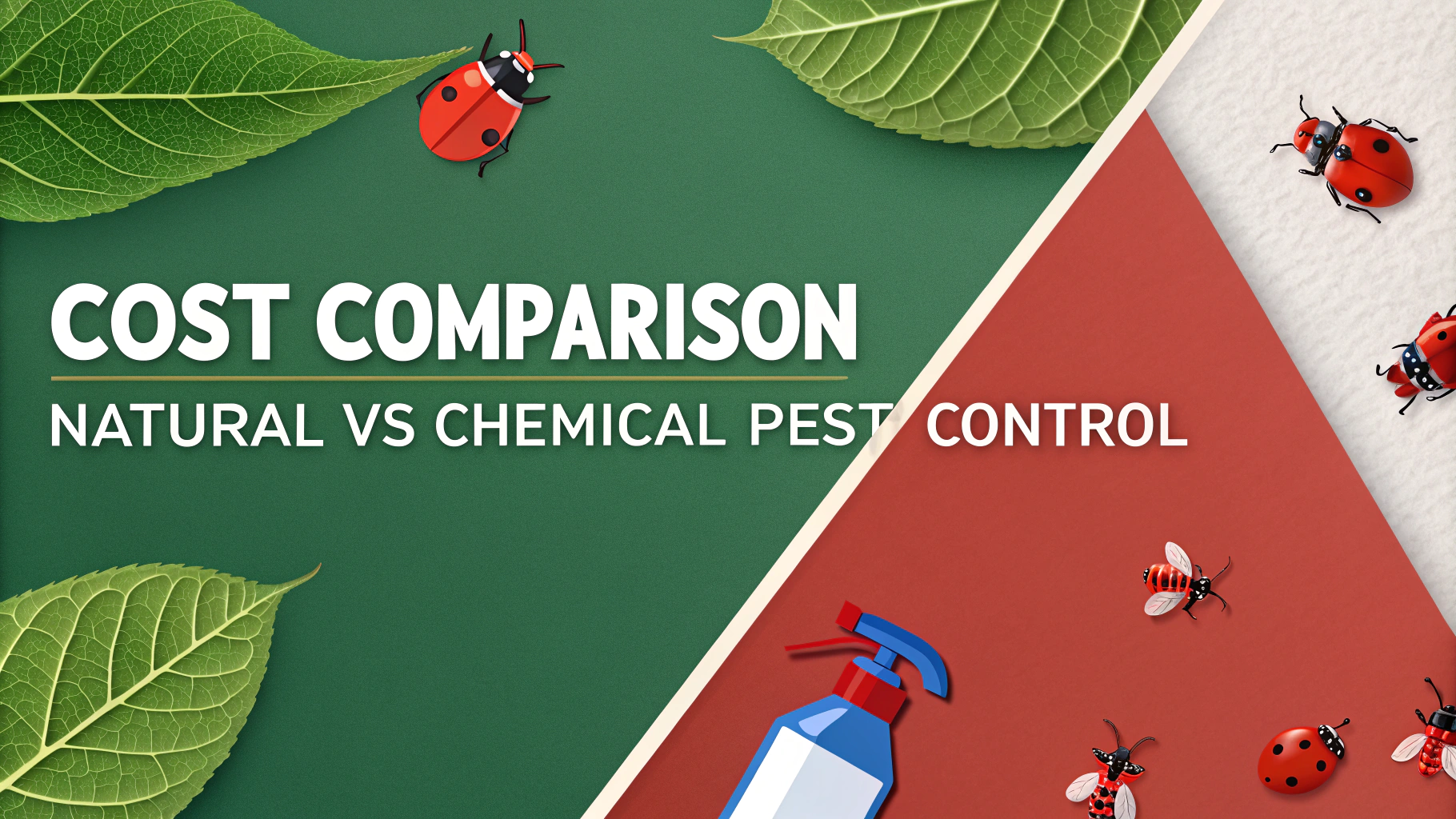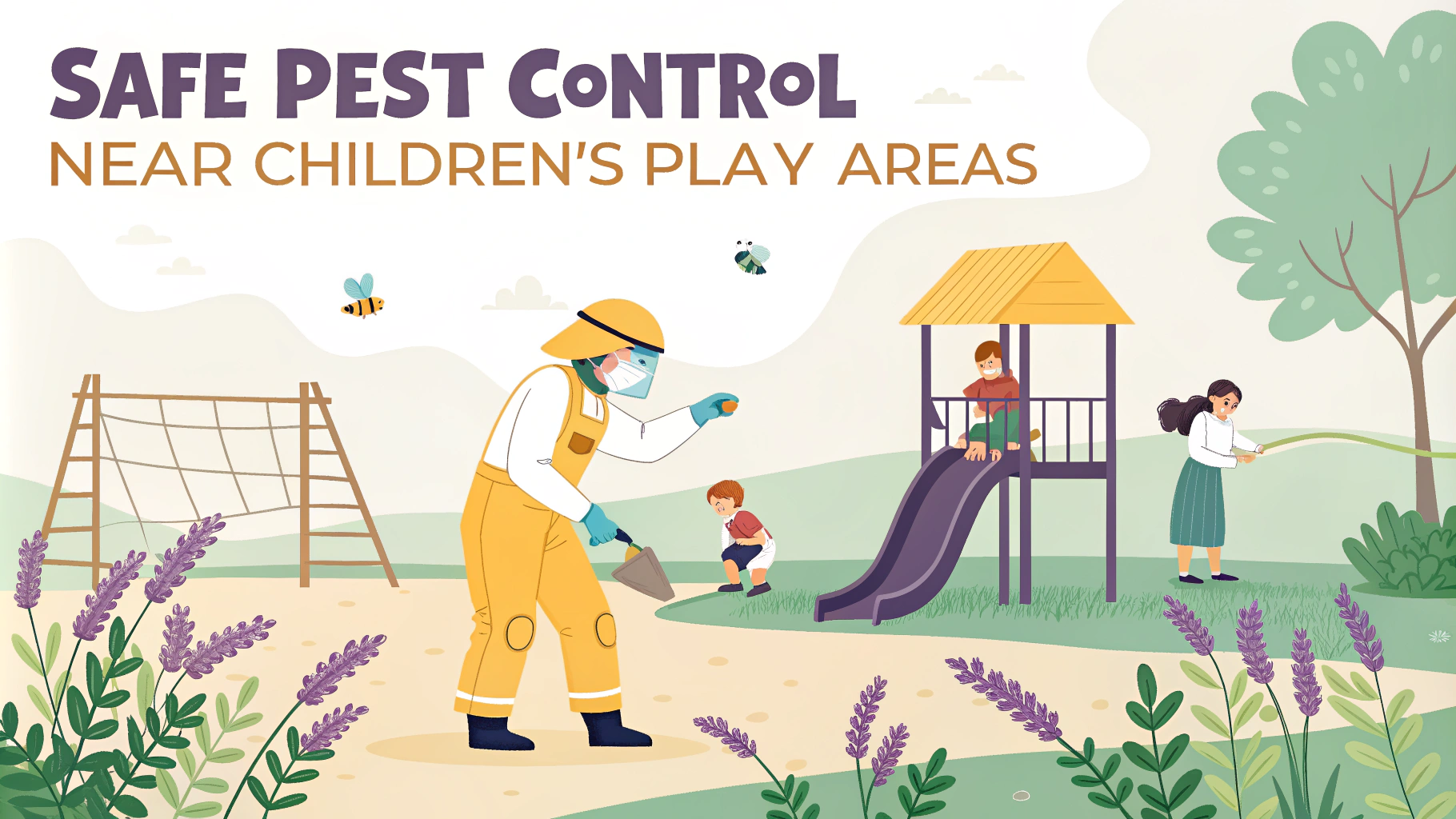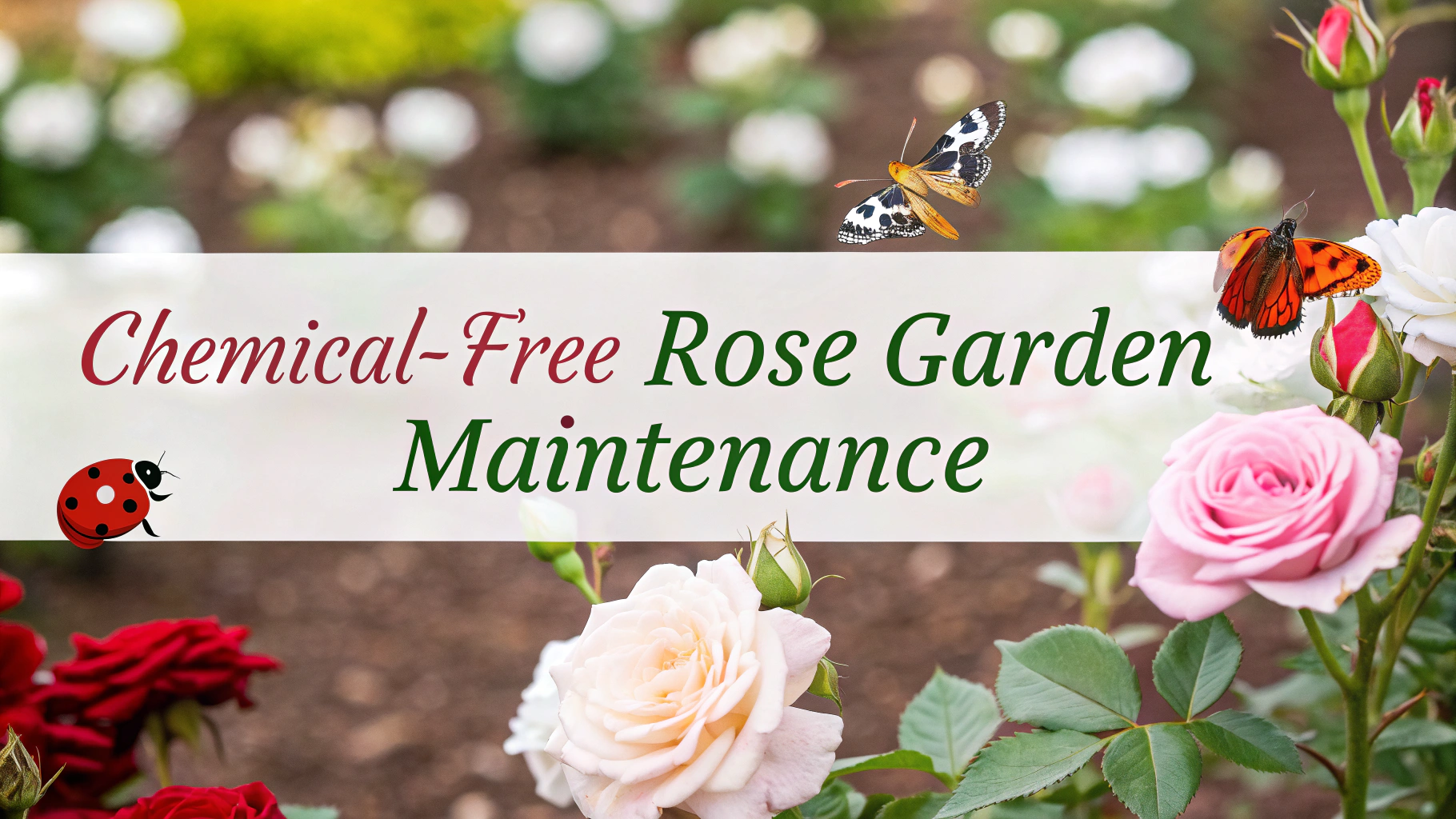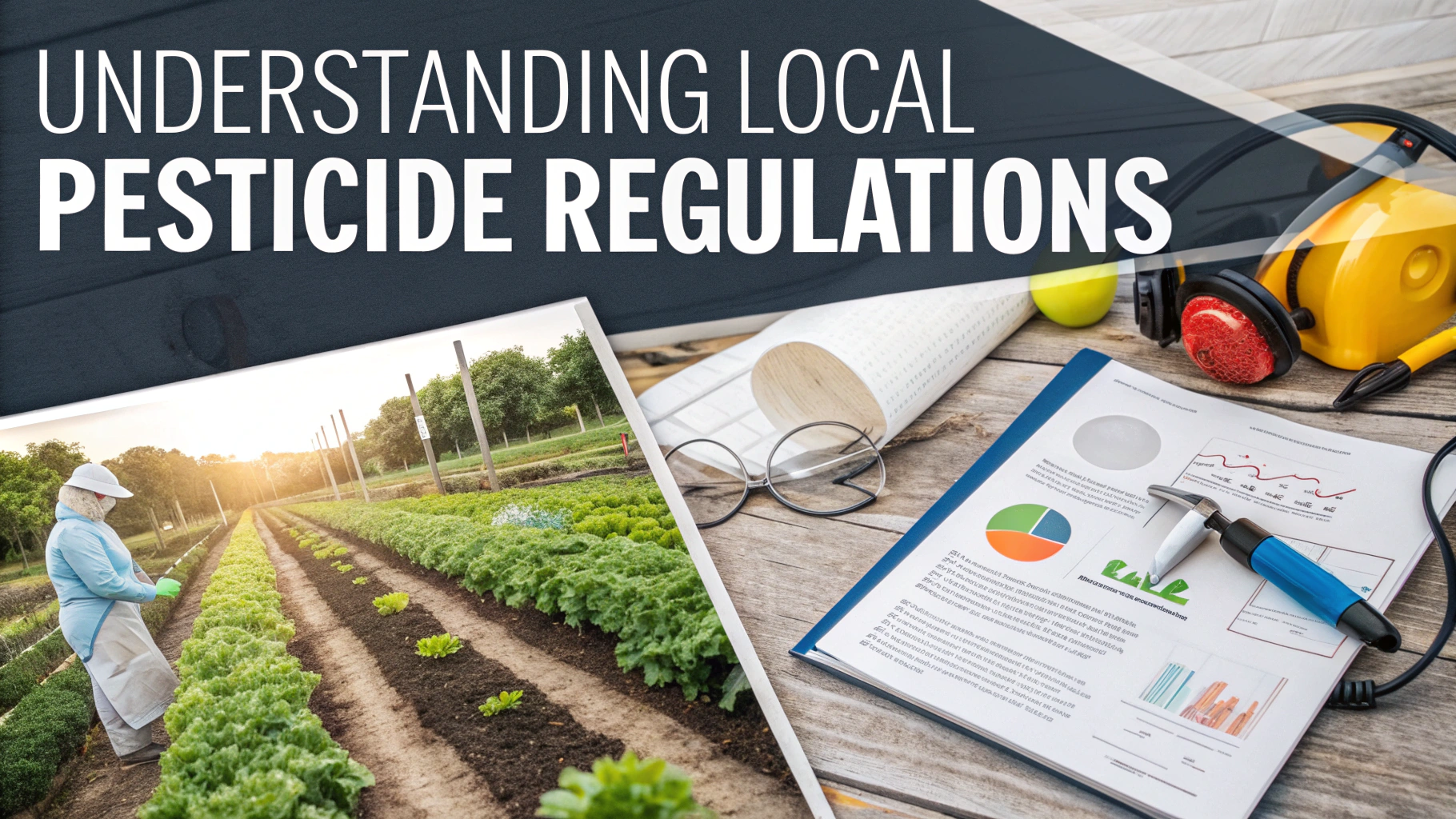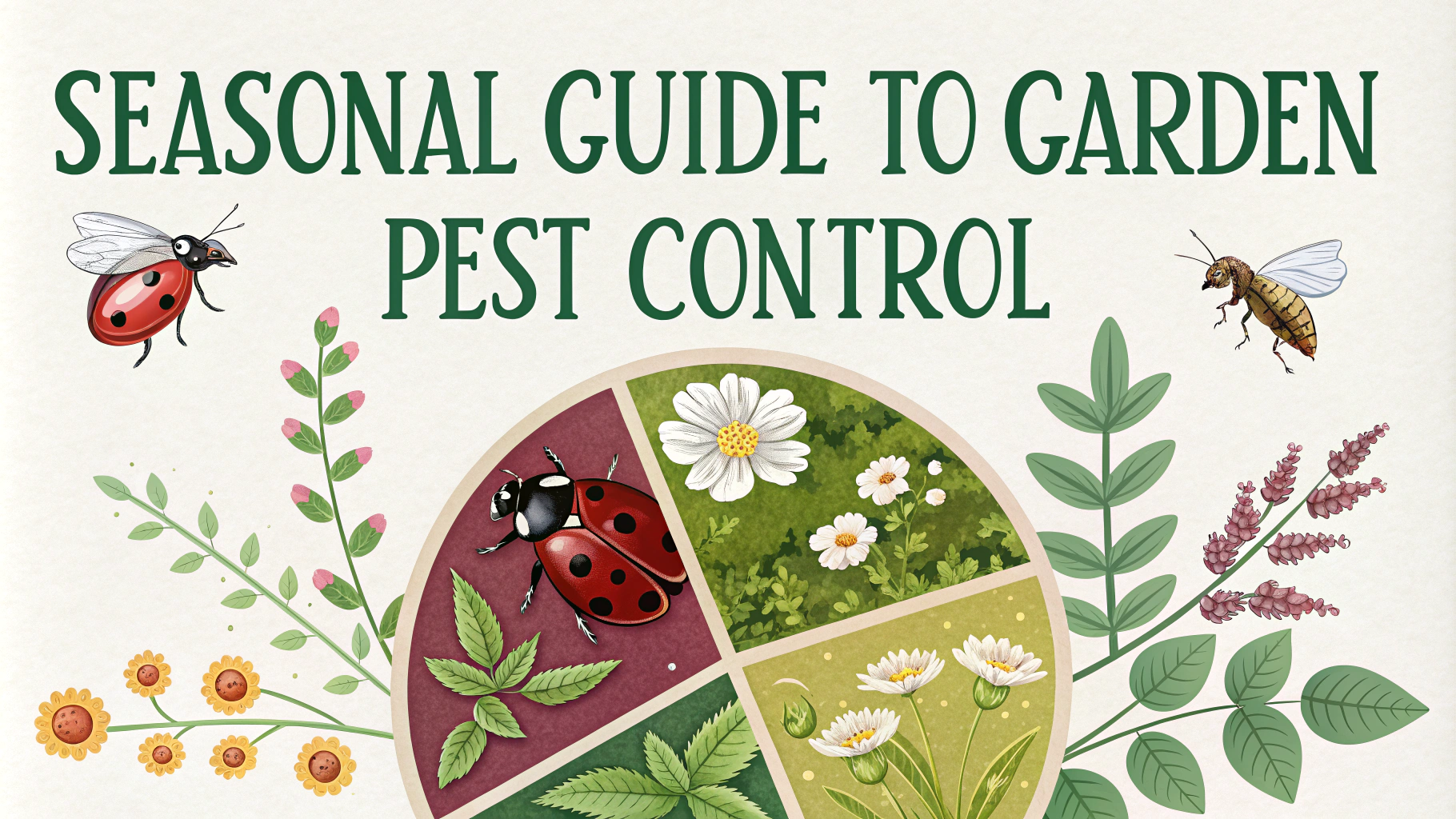Proper storage of pest control products helps protect your family, pets, and the environment while maintaining product effectiveness.
Basic Storage Rules
- Store in original containers with readable labels
- Keep in locked cabinets out of reach of children and pets
- Place in cool, dry areas away from direct sunlight
- Avoid areas prone to flooding or extreme temperatures
- Never store near food, drinks, or medications
Storage Location Requirements
A dedicated storage cabinet with childproof locks provides the safest storage solution for household pesticides.
The storage area should maintain temperatures between 40°F and 90°F (4°C-32°C) to preserve product effectiveness.
Container Maintenance
- Check containers monthly for leaks or damage
- Clean spills immediately with appropriate materials
- Never transfer products to food or drink containers
- Replace damaged containers promptly
Emergency Preparedness
Post emergency numbers near your storage area:
- Poison Control Center: 1-800-222-1222
- Local Emergency: 911
- EPA National Pesticide Information Center: 1-800-858-7378
Disposal Guidelines
Never pour pesticides down drains, toilets, or onto the ground.
Contact your local waste management facility for proper disposal procedures in your area.
Storage Organization Tips
- Group similar products together
- Place liquids below powders to prevent contamination if spills occur
- Use plastic bins or trays to contain potential leaks
- Keep an inventory list with purchase dates
Warning Signs
Post clear warning signs on storage areas, especially if children are present in the home.
| Product Type | Typical Shelf Life |
|---|---|
| Liquid Concentrates | 2-3 years |
| Ready-to-Use Sprays | 2 years |
| Dry Products | 3-5 years |
Always follow manufacturer guidelines for specific storage requirements and shelf life recommendations.
Additional Safety Measures
- Ventilate storage area properly
- Keep fire extinguisher nearby rated for chemical fires
- Store personal protective equipment with pesticides
- Maintain spill cleanup materials in storage area
Record Keeping
- Document purchase dates and quantities
- Track usage and disposal information
- Note any incidents or spills
- Keep product Safety Data Sheets (SDS) accessible
Seasonal Storage
Review stored products seasonally to:
- Remove expired products
- Rotate stock based on expiration dates
- Assess storage needs for upcoming season
- Check container integrity after temperature changes
Conclusion
Proper pesticide storage protects health and safety while ensuring product effectiveness. Regular maintenance, organization, and safety protocols prevent accidents and environmental contamination. Follow manufacturer guidelines and local regulations for optimal storage practices.
Remember that responsible storage is an ongoing process requiring regular monitoring and updates to safety measures.
FAQs
- What’s the safest place to store pesticides and other pest control products?
Store pesticides in a locked cabinet or storage area, away from children and pets, in a cool, dry place that’s well-ventilated and above flood level. The storage area should be away from food, living areas, and heat sources. - Should I transfer pesticides to different containers?
Never transfer pesticides to other containers, especially food or beverage containers. Always keep pesticides in their original containers with intact labels and child-resistant caps. - How long can I store pest control products?
Most pesticides remain effective for about 2 years if properly stored. Check the product label for specific shelf life information and look for signs of deterioration like clumping, separation, or unusual odors. - What temperature is safe for storing pesticides?
Store pesticides at temperatures between 40°F and 90°F (4°C-32°C). Extreme temperatures can cause products to break down, become less effective, or create dangerous vapors. - How should I dispose of empty pesticide containers?
Rinse containers three times, puncture to prevent reuse, and dispose according to label instructions. Never burn, bury, or reuse pesticide containers. Check local regulations for proper disposal methods. - What should I do if pesticides freeze?
If liquid pesticides freeze, their effectiveness may be reduced. Some products can be reused after thawing and thorough mixing, but check the label first. When in doubt, contact the manufacturer. - How can I prevent pesticide leaks during storage?
Store containers upright, ensure caps are tightly sealed, regularly check for leaks or damage, and keep absorbent materials nearby. Place liquid products on lower shelves and powders on upper shelves. - What emergency supplies should I keep near stored pesticides?
Maintain emergency supplies including absorbent materials (cat litter or sawdust), paper towels, plastic bags, gloves, and emergency phone numbers for poison control and local authorities. - Should different types of pesticides be stored together?
Separate different types of pesticides (herbicides, insecticides, fungicides) to prevent cross-contamination. Keep them in different sections of your storage area or in separate containers. - What documentation should I keep for stored pesticides?
Maintain an inventory list of stored products, including purchase dates, quantity, and location. Keep original labels and Safety Data Sheets (SDS) in a separate, easily accessible location.
